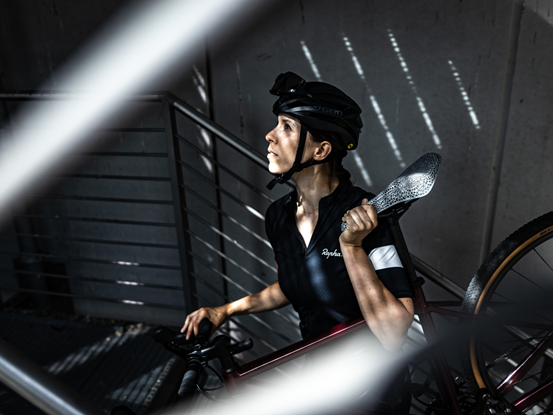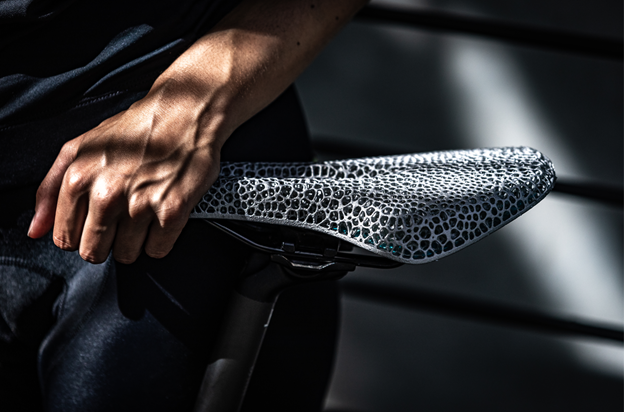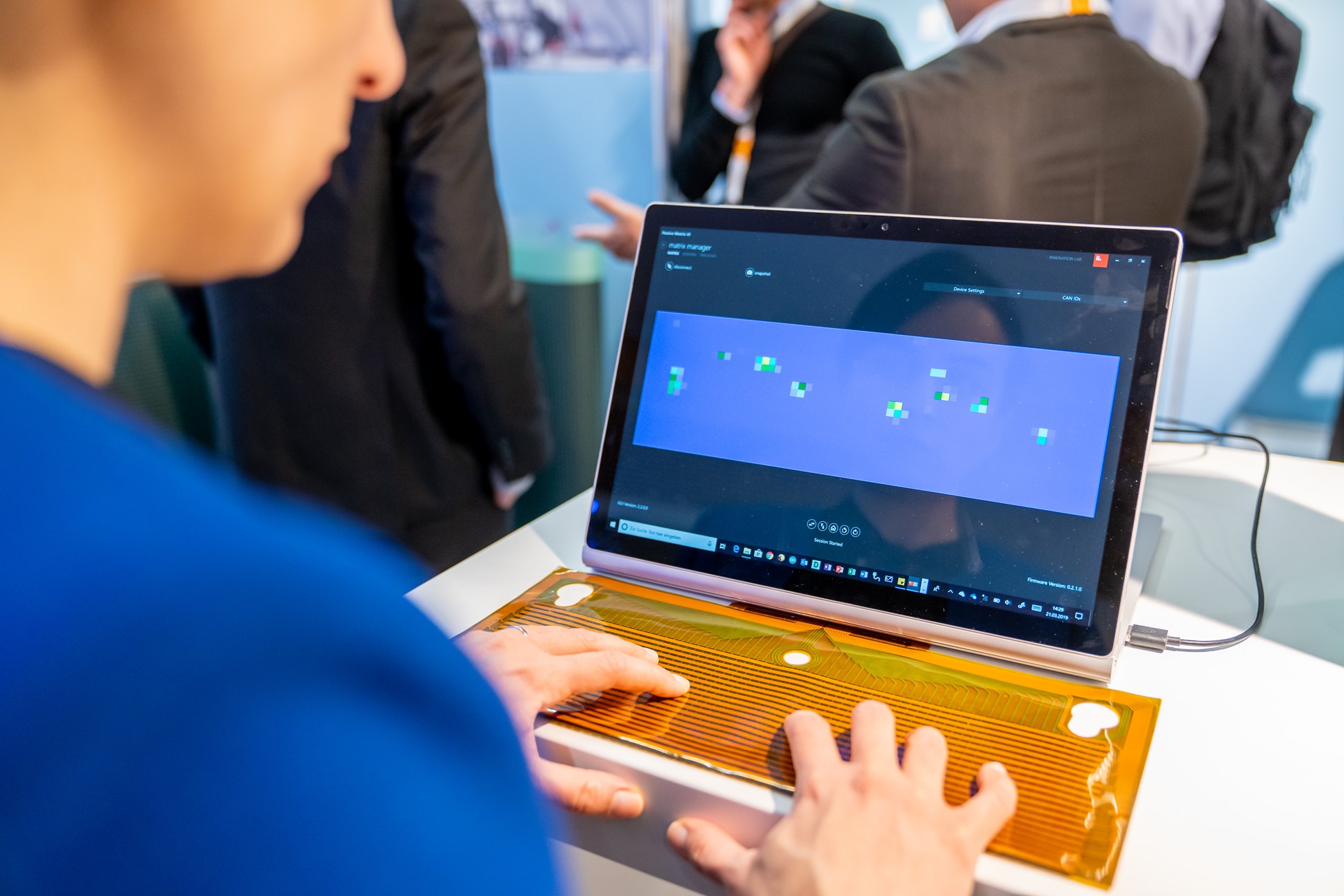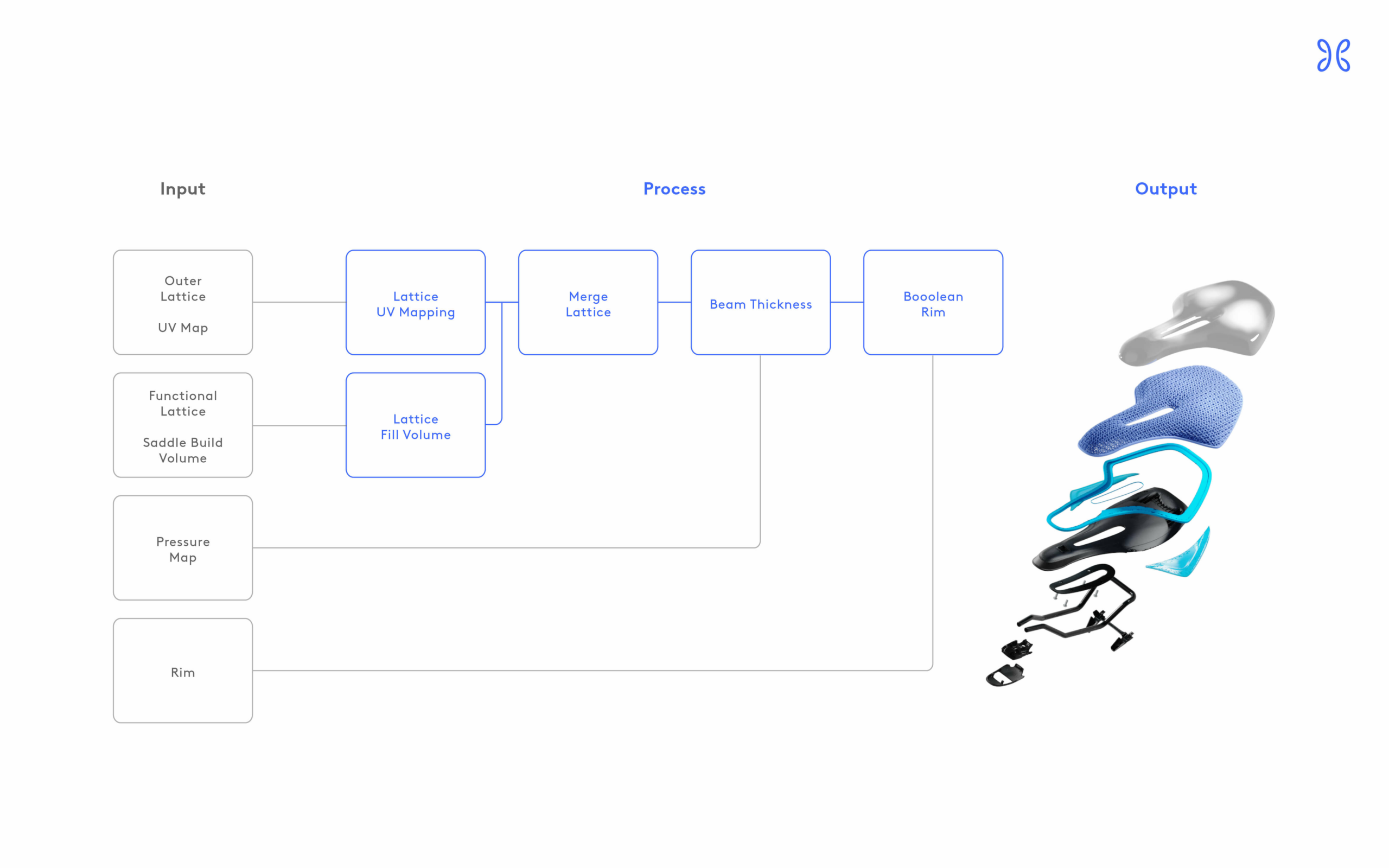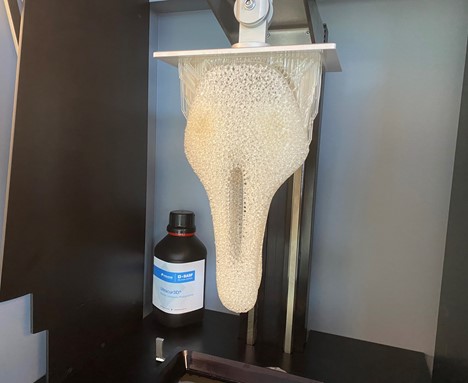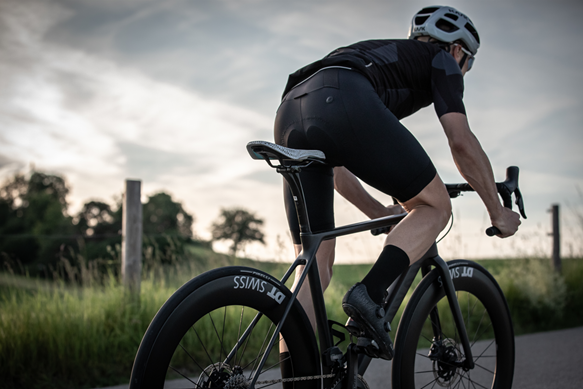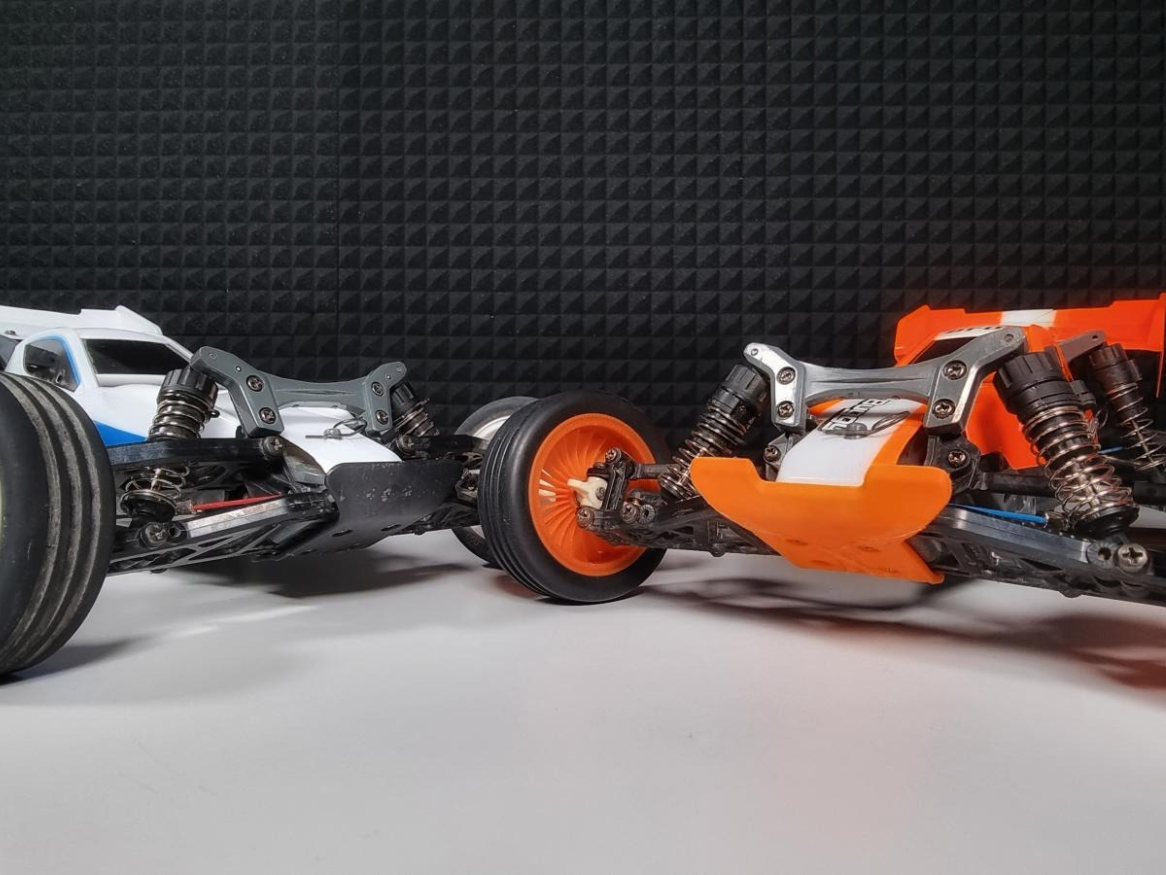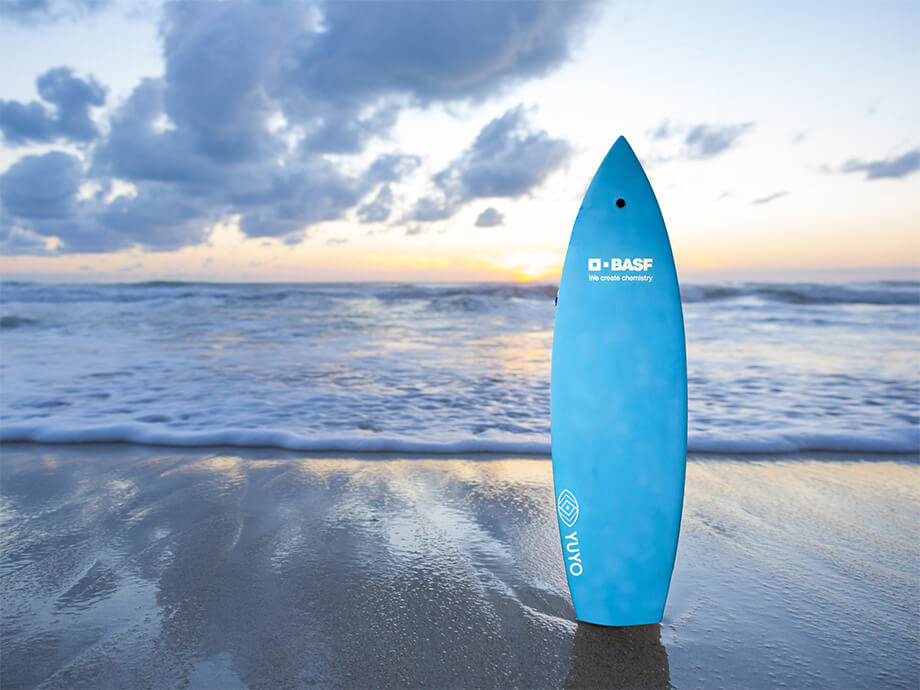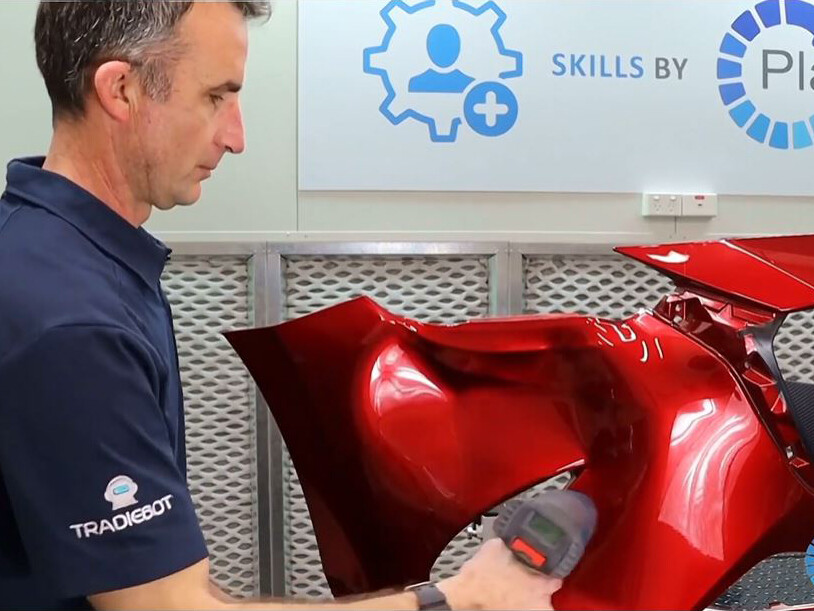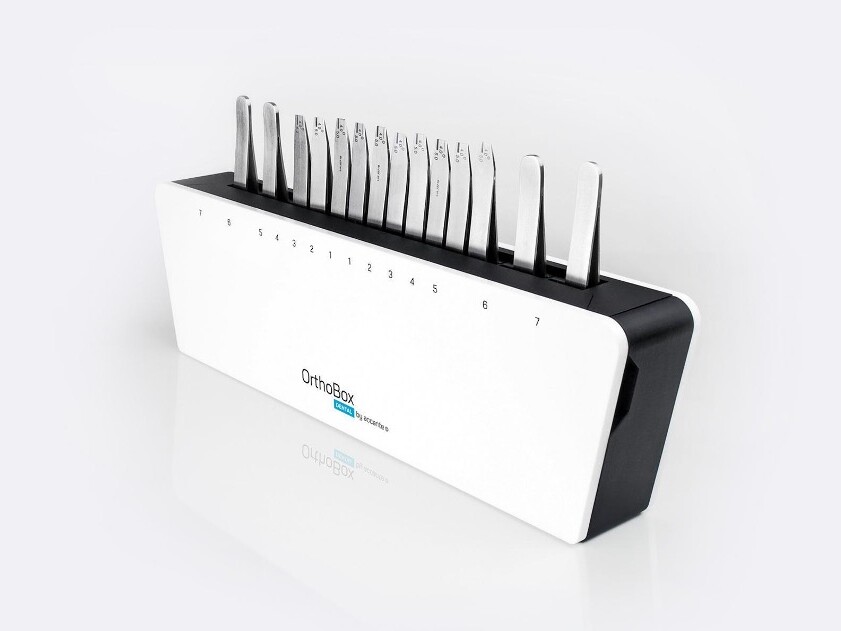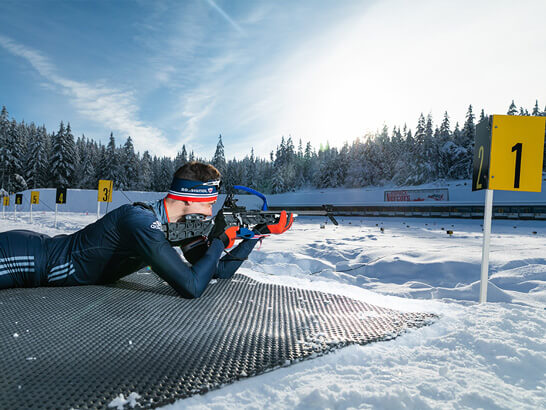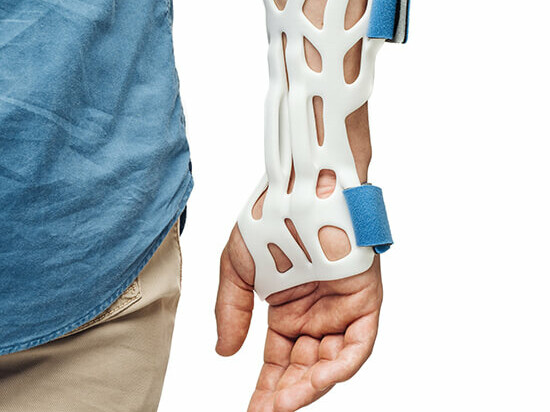The Extra Mile: Mass-Customized Bike Saddles through Additive Manufacturing
Mass-customizable bike saddles with rider-unique, digital 3D lattice design and bespoke coating
For many cyclists, their bike is much more than a means of getting from A to B – it’s part of their personality and an essential accessory to their daily lives.
Project Breakdown
Industry
Consumer Goods
Product
Bike Saddle
Why Forward AM?
Perfect-fit AM material
Material used
Ultracur3D® EL 150, Ultracur3D® Coat F+
The result
Mass-customizable bike saddles with rider-unique, digital 3D lattice design and bespoke coating
Bikes’ numerous benefits for the protection of our planet’s environment go without saying, positioning them as a cornerstone of future mobility, especially in urban areas. There is one crucial contact point between cyclist and bike: The saddle. A well-fitting saddle is vitally important to every cyclist, decisive to both performance and comfort – and until now, finding a perfectly customized saddle was a challenge, to say the least.
Challenge: Mass-customizable saddles
For decades, bike saddle manufacturers have relied on foam. However, after years of continuous improvement, foam has hit a plateau in terms of structural and design feasibility. Bike stores offer plenty of different shapes, sizes and technologies – but to date not a single saddle has been specifically created for an individual non-pro rider. “Off-the-shelf” saddles simply cannot cater to unique personal requirements. Adding complexity, cyclists’ demands differ depending on their activity: Commuting short distances in urban areas, or more ambitious sports biking each require a saddle that provides different levels of stiffness and flexibility.
Solution: 3D printed bike saddles with individualized zonal cushioning ready for mass customization
Having pushed traditional saddle foam to its design and performance limits, it was high time for specialist manufacturers to do some out-of-the-box thinking to unlock new levels of comfort, performance and individualization. Thanks to the almost limitless freedom offered by Additive Manufacturing (AM), uniquely customized saddles can be now created on a mass-production scale.
While the idea of 3D printed bike saddles and prototype demo versions has been around for some time, Forward AM has now leveraged its network of AM specialized partners to combine the mass customization of 3D printed bike saddles with easy scale-up potential. In a joint approach with Hyperganic, a dedicated German design software partner specialized in mass customization, the German printed and organic electronics expert InnovationLab and atum3D, the Dutch 3D printer manufacturer, the whole value chain is now covered.
The innovative process begins with a scan of the individual cyclist’s bone structure by a printed flexible pressure-sensitive foil: Thus, the perfect-fit saddle design, which is then digitally created and optimized for 3D printing, is identified. The unique final saddle is then printed and finally given a hard-wearing yet flexible coating in an extensive spectrum of customized color shades.
The scan of the cyclist’s bone structure generates a pressure map, indicating the precise mass and pressure distribution applied to the saddle by the individual.
Based on the pressure map result, Hyperganic’s software enables the bespoke lattice design of the multiple functional zones within the saddle, tuning each of them separately to the cyclist’s own mechanical properties. The result is a perfectly individualized saddle structure that optimally distributes bone and muscle pressure, maximizing rider comfort by minimizing peak-pressure points.
“3D printing technology has been the dawn of a new era for performance cycling saddles, it gave us the ability to design paddings with seamlessly engineered zonal cushioning without the constraints or limitations imposed by traditional production methods and materials. But we are yet to tap into the true potential of this manufacturing technology, the ability to serially produce individual solutions for every cyclist. Starting from riders’ biometric information, Algorithmic Design proves to be a key step towards making mass customization a reality.”
Giovanni Fogal, Brand Manager, Fizik
The saddle’s internal lattice structure is composed of thousands of individual 3D printed struts, each designed to dissipate the high pressure applied by the rider when cycling. Leveraging the benefits of the lattice structure, this new saddle is a massive improvement in cushioning and pressure distribution, delivering unprecedented comfort for casual cyclists and a performance leap for ambitious riders.
Forward AM’s highly elastic photopolymer Ultracur3D® EL 150 was identified by the project partners as the ideal material for this specific application. The reactive urethane photopolymer resin is ideally suited for applications requiring elasticity and flexibility, delivering medium hardness and an optimum combination of high strength and excellent elongation at break– the perfect fit for this next-level saddle! The hardware of choice for this precise application is the DLP Station 5-365 EXZ printer by atum3D: Its open resin platform makes it possible to adjust print settings to match the final material requirements, thus minimizing waste. The experts at atum3D digitally optimized the lattice design to reap the full benefits of the DLP printing process and Ultracur3D® EL 150‘s advanced mechanical properties.
Giving the bike saddle an aesthetic master touch, Forward AM’s robust yet supremely flexible Ultracur3D® Coat F adds the final protective layer. Available in a wide variety of colors as well as customized shades on request, its advanced molecular properties mean it works seamlessly with the full Ultracur3D® photopolymer portfolio, naturally including Ultracur3D® EL 150. Its class-leading adhesion and outstanding elasticity make Ultracur3D® Coat F the perfect coating for lattice-structure applications that need to deliver excellent flexibility with durability and attractive haptics.
We’re ready to support your project with Additive Manufacturing – simply get in touch!
Share this page
Next Steps
Reference Links and Documents
Get in touch
Do you have questions about our materials, technologies or services? Get in touch now!
